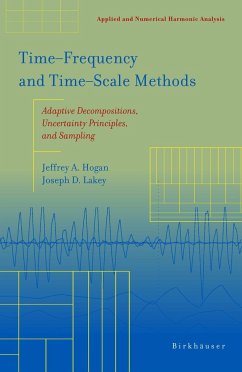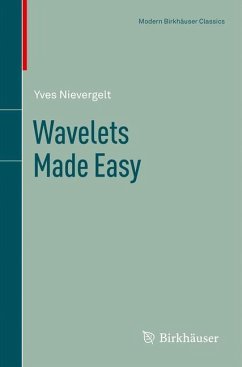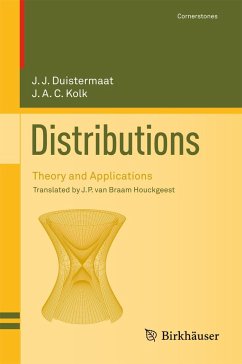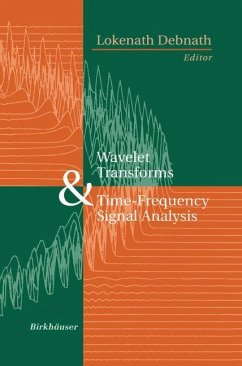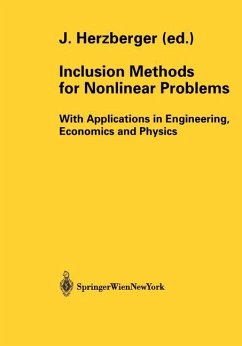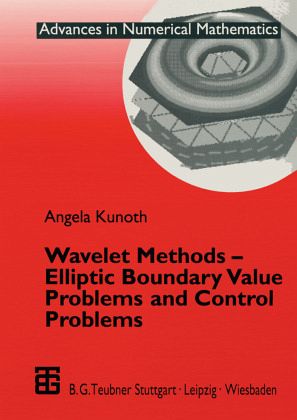
Wavelet Methods - Elliptic Boundary Value Problems and Control Problems

PAYBACK Punkte
13 °P sammeln!
While wavelets have since their discovery mainly been applied to problems in signal analysis and image compression, their analytic power has more and more also been recognized for problems in Numerical Analysis. Together with the functional analytic framework for different differential and integral quations, one has been able to conceptu ally discuss questions which are relevant for the fast numerical solution of such problems: preconditioning issues, derivation of stable discretizations, compression of fully popu lated matrices, evaluation of non-integer or negative norms, and adaptive refine...
While wavelets have since their discovery mainly been applied to problems in signal analysis and image compression, their analytic power has more and more also been recognized for problems in Numerical Analysis. Together with the functional analytic framework for different differential and integral quations, one has been able to conceptu ally discuss questions which are relevant for the fast numerical solution of such problems: preconditioning issues, derivation of stable discretizations, compression of fully popu lated matrices, evaluation of non-integer or negative norms, and adaptive refinements based on A-posteriori error estimators. This research monograph focusses on applying wavelet methods to elliptic differential equations. Particular emphasis is placed on the treatment of the boundary and the boundary conditions. Moreover, a control problem with an elliptic boundary problem as contraint serves as an example to show the conceptual strengths of wavelet techniques for someof the above mentioned issues. At this point, I would like to express my gratitude to several people before and during the process of writing this monograph. Most of all, I wish to thank Prof. Dr. Wolfgang Dahmen to whom I personally owe very much and with whom I have co-authored a large part of my work. He is responsible for the very stimulating and challenging scientific atmosphere at the Institut fiir Geometrie und Praktische Mathematik, RWTH Aachen. We also had an enjoyable collaboration with Prof. Dr. Reinhold Schneider from the Technical University of Chemnitz.






